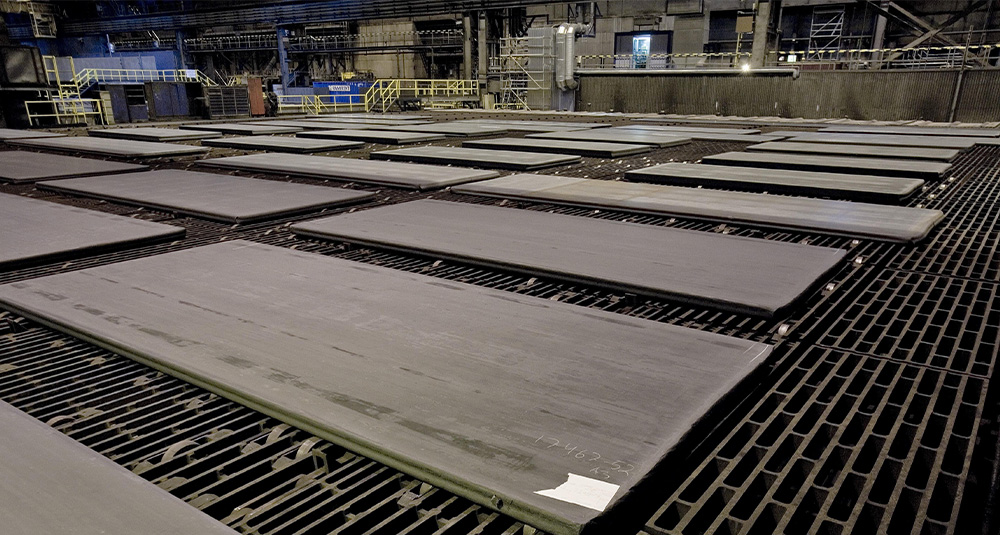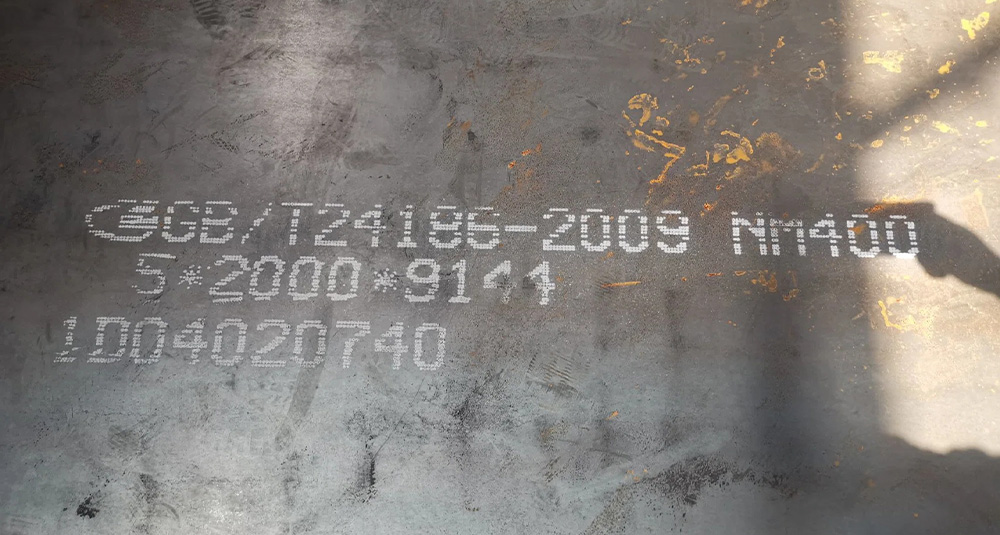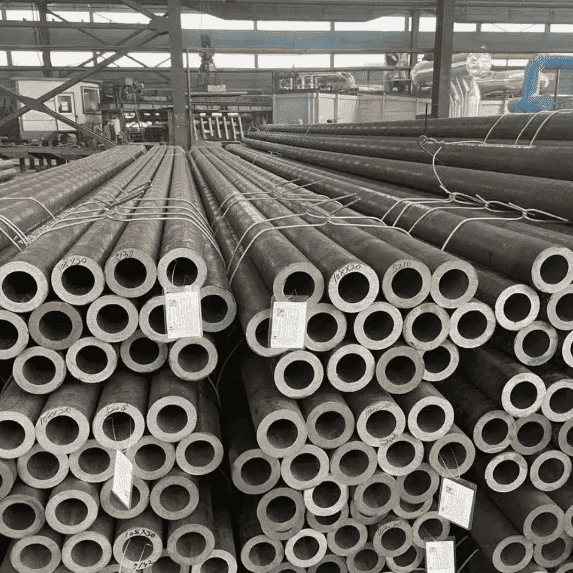BY  GENN
GENN
2024/06
News
NM 400 abrasion steel vs ar400 wear resistant steel
NM400 abrasion steel: The name is derived from the Chinese pinyin initials of “wear-resistant” (N-M), and the number “400” represents the average Brinell hardness (actual hardness range is 360-450 HB).
Implementing the Chinese standard GB/T 24186, delivery is mainly in the quenched and tempered (quenched + tempered) state.
AR400 abrasion resistant plate: The name is derived from the English abbreviation of “Abrasion Resistant”, and the number “400” represents the target Brinell hardness value (usually ≥360 HB).
Standard coverage
NM400 ar plate steel has both high strength and wear resistance (yield strength ≥900MPa, tensile strength ≥1100MPa); AR400 abrasion resistant steel emphasizes wear resistance and has slightly lower mechanical strength (typical yield strength ≥700MPa, tensile strength ≥900MPa).
Chemical composition and process comparison
| characteristic | NM400 abrasion plate | AR400 abrasion resistant plate |
|---|---|---|
| Main Ingredients | C: ≤0.25%,Cr: 0.4-0.6%,Mo: 0.4-0.5% | C: ≤0.3%, Mn: 1.0-1.5%
(some contain trace amounts of B and Ti) |
| Alloy design | High Cr and Mo content improves hardenability and wear resistance | Mainly carbon and manganese,
hardened by hot rolling process |
| Heat treatment process | Quenching + tempering
(quenching and tempering) |
Hot rolling/normalizing |
Hardness and wear resistance
NM400 resistant steel: surface hardness 360-450 HB, chromium carbide (Cr₇C₃) distribution enhances wear resistance (more than 20 times that of low carbon steel).
AR400: hardness 360-400 HB, relying on surface work hardening to improve wear resistance.
Strength and toughness balance
NM400 wear resistant steel: yield strength ≥900 MPa, -40℃ low temperature impact energy ≥50 J (thick plate optimized design).
AR400 wear steel plate: yield strength ≥700 MPa, slightly lower impact toughness (suitable for room temperature environment).












